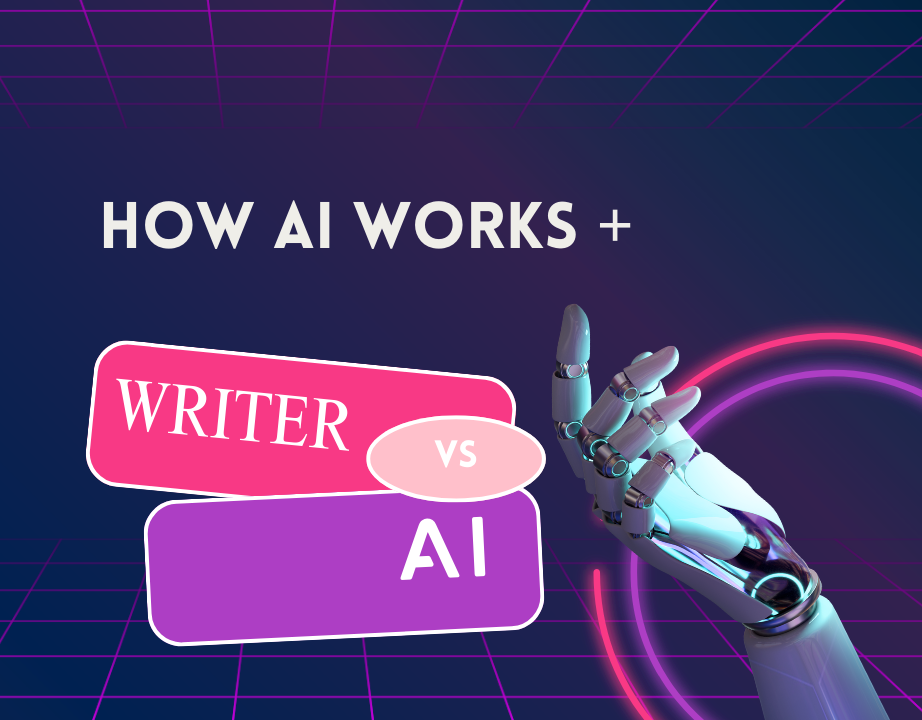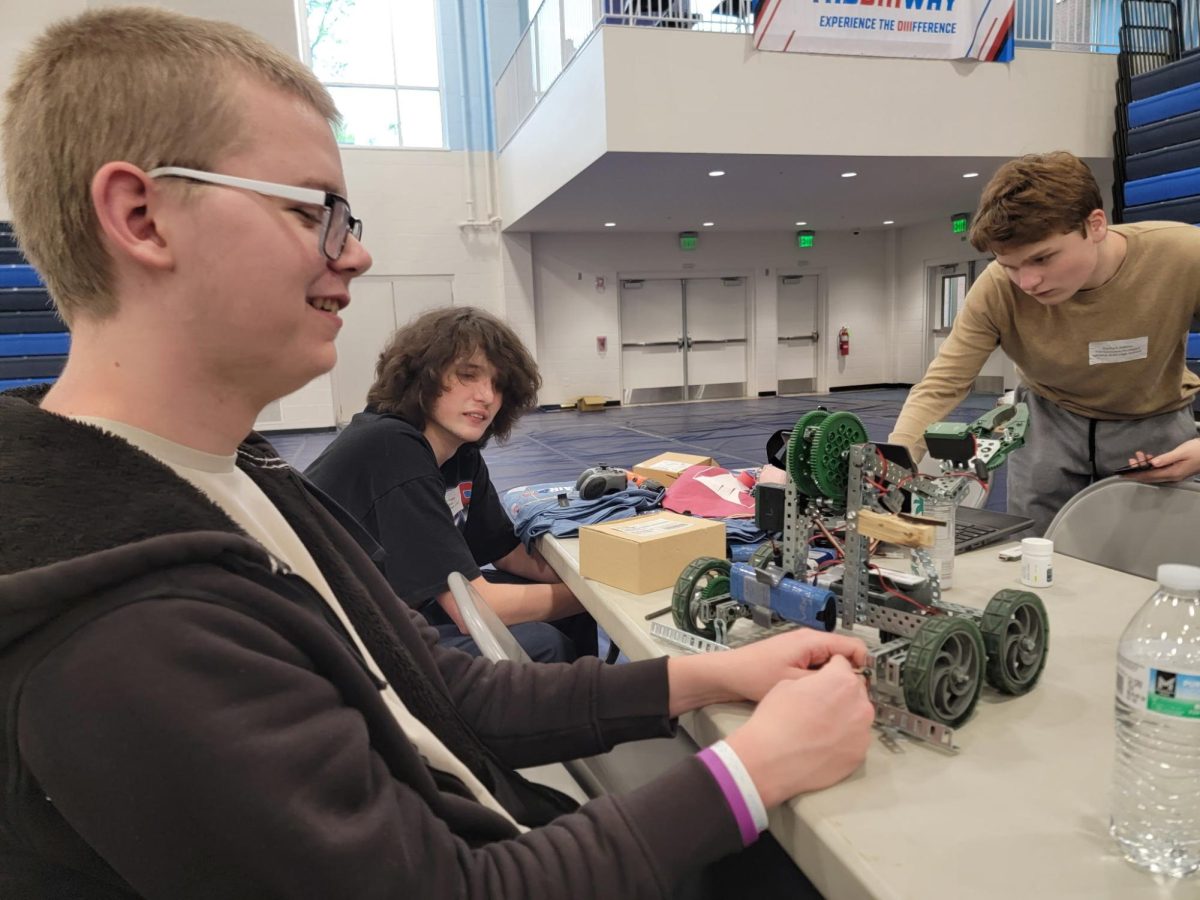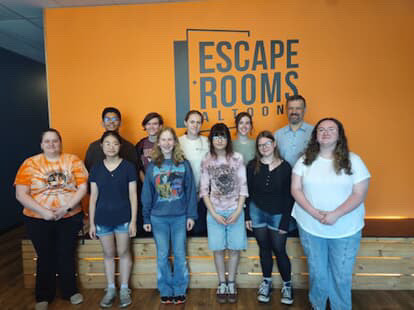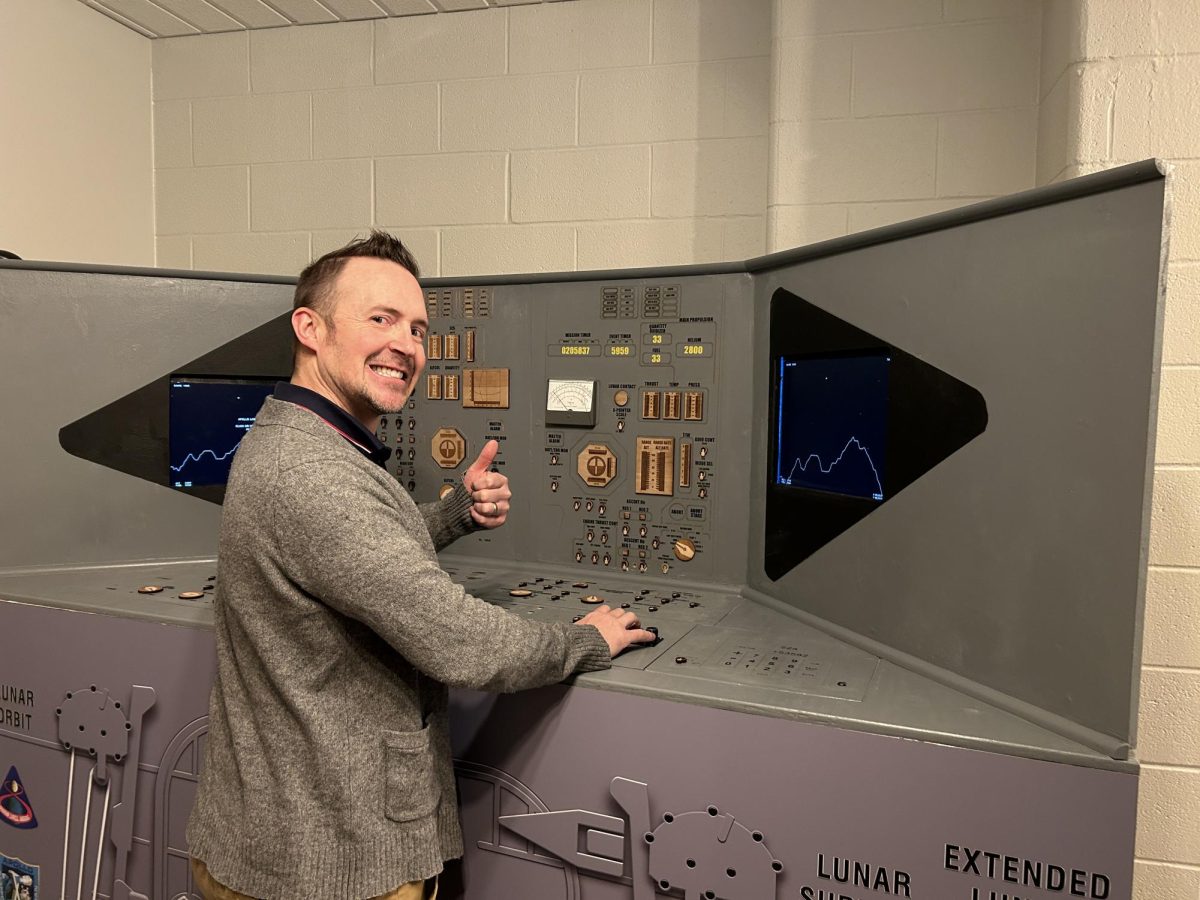Is AI better than a student reporter?

In a world where technology is constantly evolving, it is important people are able to understand how everything that is available at their fingertips works.
In the most recent technology news, artificial intelligence (AI) has been making the most headlines. The different uses, trends and risk factors are just some of the things that are grounds for conversation surrounding AI. What exactly AI is and how it works are just the beginning of the conversation.
In trying to figure out what exactly AI is and how it works, the results that can be found are seemingly endless, but they can also be very confusing. For someone who knows little about AI, it may seem as though it is impossible to find a source that simply explains what AI is.
“AI as it exists now is a procedural algorithm that is able to either work as a powerful search engine or as a way to complete a thought,” teacher Jesse Frailey said. “It’s kind of like predictive text on your phone. Whenever you send a text, you can tap on the little options that’ll kind of fill out a sentence for you. It’s very similar to that, but with some light decision making properties that work almost as a really fancy search engine.”
Trying to figure out how AI works can be an even more confusing task. The top results offered by a search engine may be great sources to learn about AI, but they can also be some of the hardest to understand.
“Pretty much, you ask a question, and it figures out an answer based on its access to the internet, as well as what other people have asked it already,” Frailey said.
When discussing the use of AI in a school setting, the response is mixed. Some feel that AI has no place within schools, but others feel that there are ways that teachers and students alike can embrace AI.
The use of AI to write English papers is a common example used to express opinions of AI not belonging in school. However, if a student is using AI as a tool rather than a way to not have to do their work, some teachers don’t see a problem with it.
“I think that the chief benefit, and this actually works for teachers, too, is that it allows this building of creativity,” Frailey said. “A lot of times, if you bounce ideas off of somebody else, it’s easier to come up with new ones. I think that AI serves as that other person who you could ask questions to on ‘how do I make this more exciting’ or ‘what’s an assignment I could make’ as a teacher. As a student that can be like, ‘what can I write a paper about,’ ‘what sorts of things maybe haven’t I thought about?’ I think it just unleashes an ability to create more holistic thoughts and more creative work.”
In a world dominated by technological advancements, artificial intelligence (AI) has emerged as a driving force behind transformative changes across industries. Understanding how AI works has become a key focus, as scientists and engineers continue to unlock its vast potential.
At its core, AI refers to the development of computer systems capable of performing tasks that typically require human intelligence. Unlike traditional programs that follow predefined instructions, AI systems can adapt, learn, and make decisions based on patterns and data analysis.
The foundation of AI lies in neural networks, structures inspired by the human brain. These networks consist of interconnected nodes, each representing a virtual neuron. These nodes process and transmit information, forming layers that handle various aspects of data analysis.
- Training the Neural Networks:
The journey of an AI system begins with training its neural network. During this phase, the system is fed vast amounts of data, allowing it to recognize patterns and relationships. Whether it’s recognizing images, understanding language, or making predictions, the neural network refines its algorithms through continuous exposure to diverse datasets.
- Machine Learning Algorithms:
Key to AI’s functionality is machine learning, a subset of AI that enables systems to improve performance over time without explicit programming. Supervised learning involves training the system on labeled data, while unsupervised learning lets the AI identify patterns in unlabeled data. Reinforcement learning, another approach, involves the AI learning through trial and error, receiving rewards for correct actions.
- Deep Learning and Neural Networks:
Deep learning, a subset of machine learning, involves neural networks with multiple hidden layers. These deep neural networks can process and analyze complex data hierarchies, enabling AI systems to understand intricate patterns and make more sophisticated decisions.
- Processing Power and Quantum Computing:
AI’s capability is also linked to processing power. Traditional computing relies on binary bits (0s and 1s), but quantum computing leverages quantum bits (qubits), allowing for parallel processing and solving complex problems at a remarkable speed. Quantum computing enhances AI systems like never before, enabling them to tackle tasks previously considered too challenging.
- Real-world Applications:
From virtual assistants and recommendation systems to autonomous vehicles and medical diagnostics, AI’s applications are vast. Natural Language Processing (NLP) allows AI to comprehend and respond to human language, while computer vision enables machines to interpret and understand visual information.
As AI continues to evolve, ethical considerations and responsible use are at the forefront of discussions. Transparency, accountability, and unbiased training datasets are essential to ensure AI systems benefit society without reinforcing existing biases.
Understanding how AI works is not only a glimpse into the technological future but also a reminder of the ethical responsibilities that come with its development. As we stand on the cusp of a new era driven by artificial intelligence, the journey of uncovering its mysteries is an ongoing endeavor that holds the promise of transforming our world in unprecedented ways.













